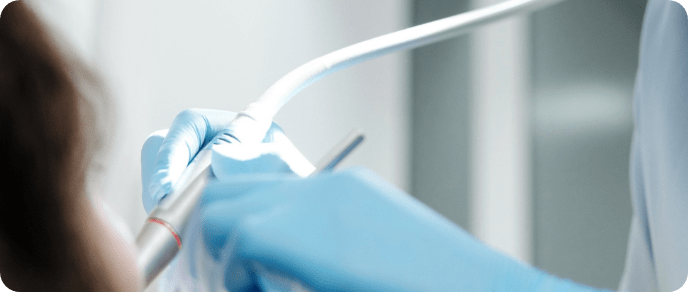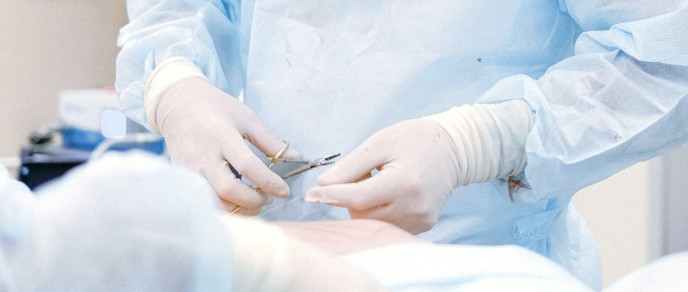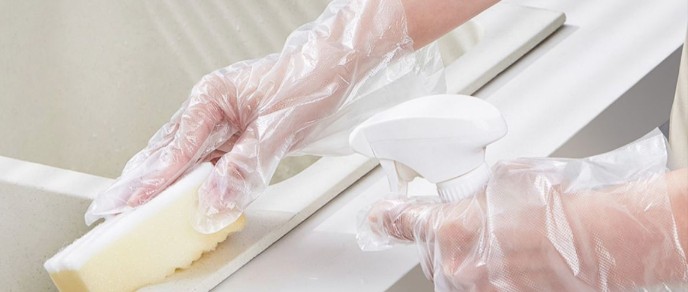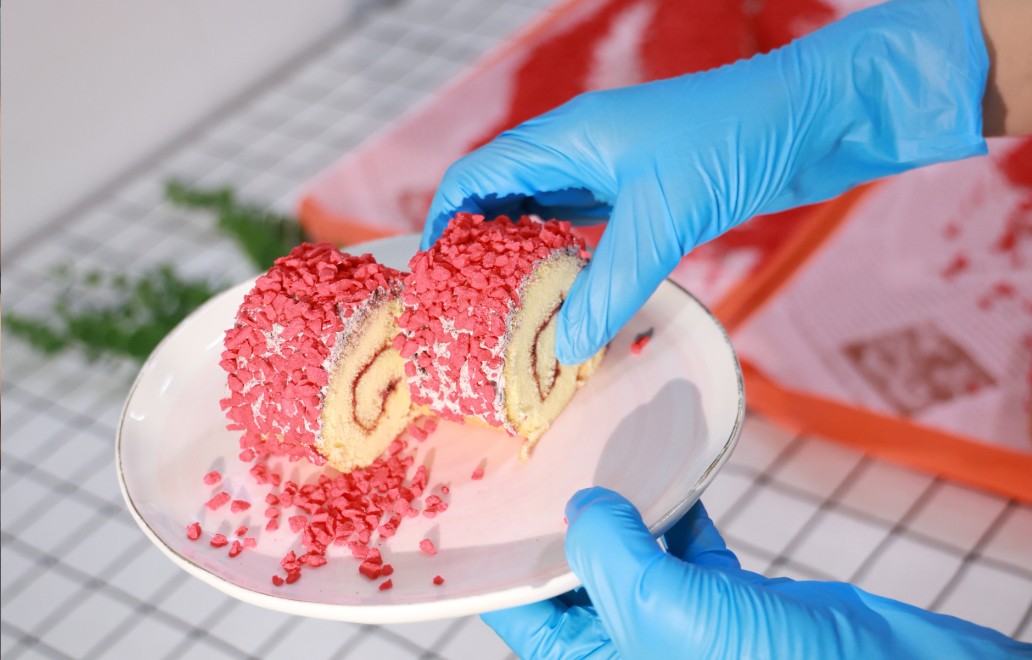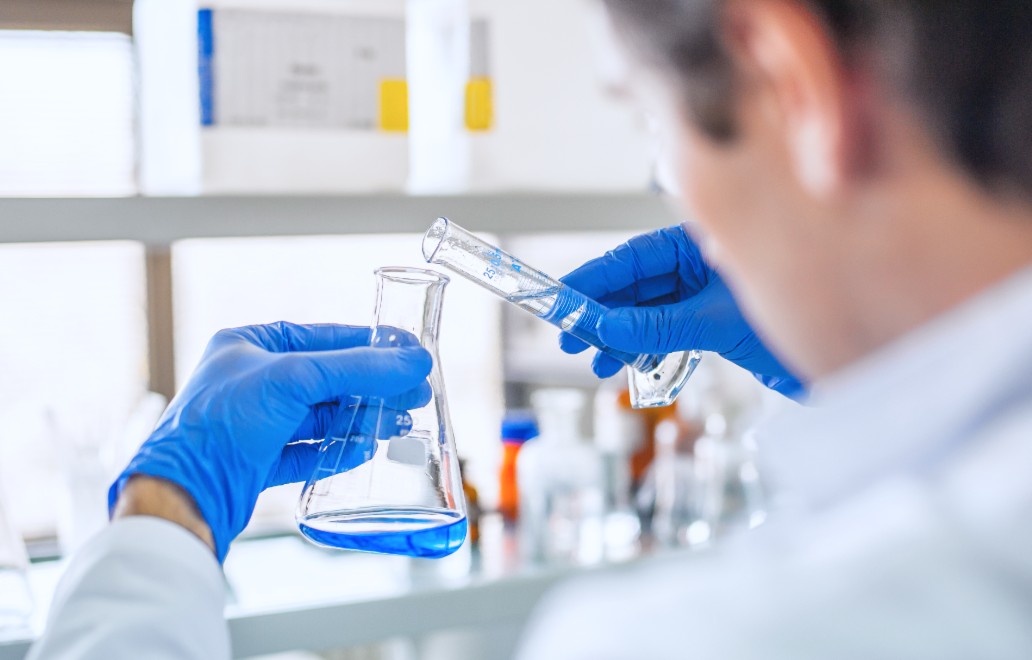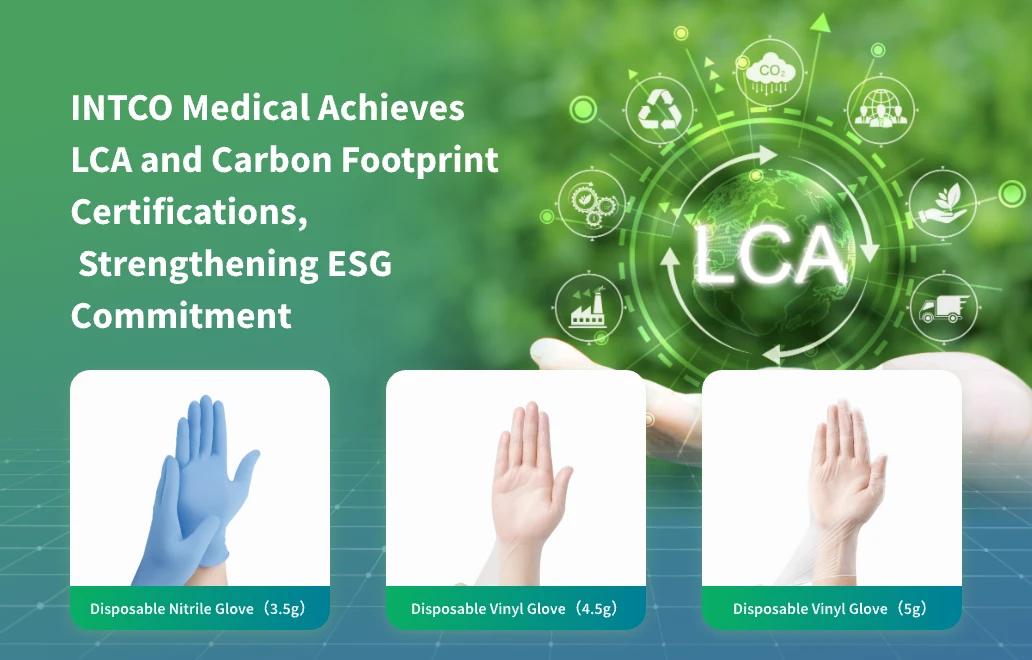As industries and consumers increasingly prioritise sustainability, biodegradable disposable gloves have emerged as a buzzword in the personal protective equipment (PPE) market. Promoted as a greener alternative to traditional plastics, these gloves are designed to break down naturally, thereby reducing their environmental impact. But do they live up to the hype? Let’s dive into the science, challenges, and realities of biodegradable gloves—from their composition to their true eco-friendly credentials.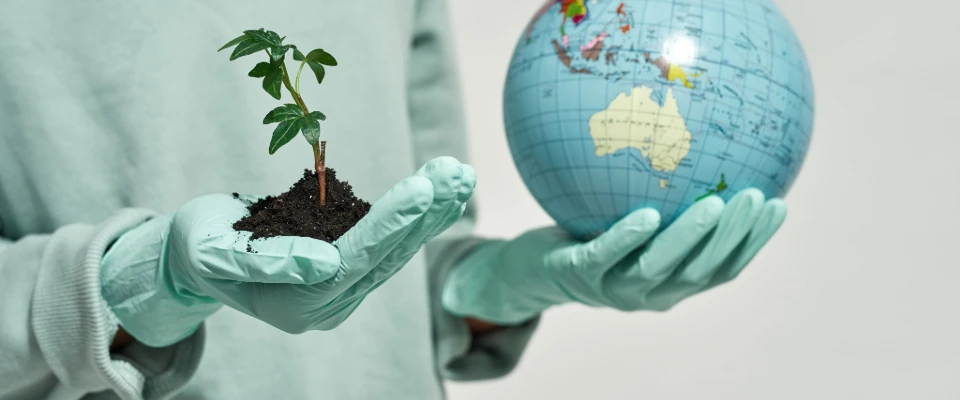
What Are Biodegradable Gloves and How Do They Work?
Biodegradable gloves are designed to decompose into natural elements (like water, carbon dioxide, and biomass) through the action of microorganisms such as bacteria or fungi, typically within a defined timeframe. Unlike conventional plastics, which can persist in landfills for centuries, proponents argue that these gloves offer a way to mitigate the growing problem of PPE waste—particularly critical given that the global disposable glove market produces over 150 billion units annually, according to EPA estimates.
But not all biodegradable gloves are created equal. Their decomposition depends on three key factors: material composition, environmental conditions (including temperature, moisture, and oxygen), and certification standards. For example, gloves labelled “biodegradable” may only break down in specific settings, such as landfills or industrial facilities—a distinction often overlooked in marketing claims.
Is Nitrile More Easily Oxidised? The Science Behind Degradation
To understand biodegradable nitrile gloves, we must first examine the base material: nitrile rubber. A synthetic polymer derived from acrylonitrile and butadiene, traditional nitrile is prized for its durability, chemical resistance, and latex-free properties. But is nitrile biodegradable? Naturally, no—its molecular structure is highly resistant to microbial attack, meaning conventional nitrile gloves can take hundreds of years to decompose.
This is where oxidation and biodegradable agents come into play. Some manufacturers modify nitrile by adding specialised biodegradable agents, which enhance the material’s susceptibility to microbial breakdown in specific environments. The question then becomes: is nitrile more easily oxidised with these additives? In controlled conditions, yes—these agents create pathways for microorganisms to digest the polymer, accelerating decomposition without compromising the glove’s performance during use.
However, this process is not universal. Decomposition depends heavily on the environment: anaerobic conditions (like landfills) may facilitate breakdown for some formulations, while others require oxygen-rich settings. This variability is why clear certification and testing are critical.
Biodegradable Nitrile Gloves: Promises vs. Reality
Biodegradable nitrile gloves have become a focal point for sustainable PPE, but their effectiveness varies widely based on formulation and environment. Unlike generic claims of “biodegradability,” leading manufacturers are now grounding their products in specific testing and clear use cases—key to building trust with eco-conscious buyers.
Certifications are critical for distinguishing genuine eco gloves from greenwashed products. Standards like
ASTM D5511, which measures biodegradation in anaerobic environments (such as landfills), and Green Leaf Certification, which validates reduced environmental impact, provide tangible benchmarks. These certifications ensure that claims of biodegradability are backed by data, not just marketing.
For instance, a glove certified under ASTM D5511 undergoes rigorous testing to measure how much it decomposes in landfill conditions, where oxygen is limited, and microbial activity differs from industrial composting. This is particularly important because over 60% of PPE waste ends up in landfills, according to Waste Management World, making landfill-focused biodegradation a more relevant metric for real-world impact than industrial composting alone.
Yet performance isn’t just about decomposition. Eco gloves must also maintain the protective qualities required for their use cases. In healthcare, for example, they need to resist chemicals and punctures to meet FDA 21 CFR 177.2600 standards for food and medical contact. Balancing biodegradability with durability remains a key challenge—and one that innovative brands are tackling head-on.
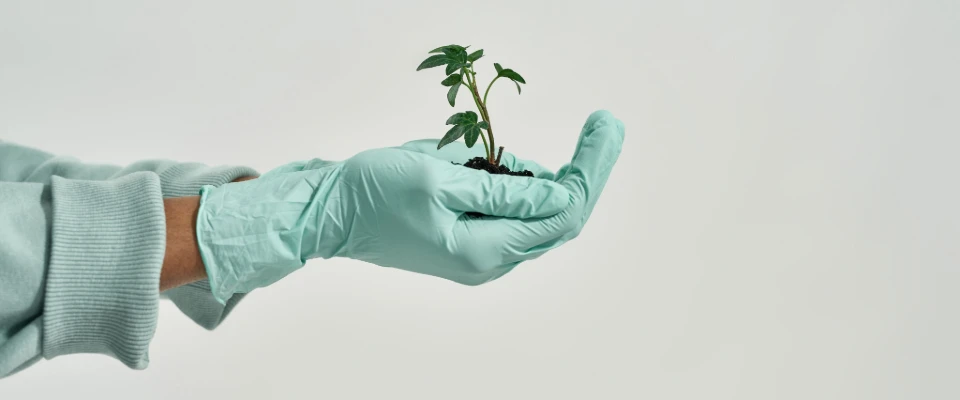
As the largest latex-free disposable gloves manufacturer, INTCO Medical has leveraged its expertise to develop biodegradable nitrile gloves that address both environmental concerns and practical usability. Infused with a proprietary biodegradable agent, these gloves are engineered to decompose in landfill environments under anaerobic conditions—aligning with how most PPE waste is actually disposed of.
Rigorous testing underscores their effectiveness: according to ASTM D5511 standards, INTCO’s biodegradable nitrile gloves achieve 6.16% degradation in 45 days, with ongoing testing validating long-term breakdown. They also hold Green Leaf Certification, a mark of reduced environmental impact throughout their lifecycle. This focus on real-world conditions sets them apart from products that only biodegrade in controlled industrial settings.
Designed for versatility, these gloves serve critical sectors including healthcare & nursing, food processing, and laboratory work—meeting strict hygiene and protection standards while supporting sustainability goals. For eco-conscious consumers, retailers aiming to boost their green image, and medical & beauty firms seeking to align operations with ESG values, they offer a tangible way to reduce environmental footprints without sacrificing safety.
What truly distinguishes INTCO’s offering is its focus on solving unique challenges. In sensitive areas like nature reserves or remote work sites—where waste disposal infrastructure is limited—these gloves degrade more efficiently than conventional nitrile, minimising long-term ecological impact. For businesses, using them also reduces environmental risks and enhances social responsibility credentials, creating a win-win for brand reputation and the planet.
Whether you’re evaluating biodegradable disposable gloves for daily operations or long-term sustainability planning, understanding the nuances of material science, certification, and real-world disposal is key. INTCO Medical’s approach—grounding innovation in testing, focusing on landfill degradation, and prioritising versatility—exemplifies how the largest latex-free disposable gloves manufacturer is driving progress in eco-friendly PPE. To explore their biodegradable nitrile gloves and learn more about their sustainability initiatives, visit
INTCO Glove or reach out via
contact us for detailed specifications tailored to your industry needs.
In the journey toward greener PPE, clarity and specificity matter. By choosing products backed by rigorous testing and aligned with real-world waste streams, we can turn the promise of biodegradable gloves into meaningful environmental action.






